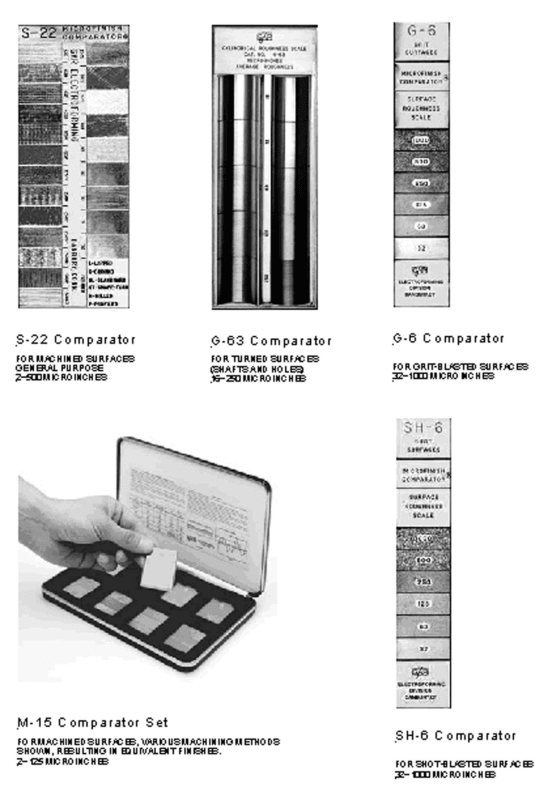Amirrul
Petroleum
- Dec 3, 2019
- 6
Hi all,
is there any tolerance for blasting surface roughness?. in this case the acceptance criteria is 50 - 100 micron, but what we achieved on site is 180 micron. is it still acceptable or any problem that may be occurred if there is excessive lasting surface roughness?. appreciate the advice.
is there any tolerance for blasting surface roughness?. in this case the acceptance criteria is 50 - 100 micron, but what we achieved on site is 180 micron. is it still acceptable or any problem that may be occurred if there is excessive lasting surface roughness?. appreciate the advice.

